Pipe fittings are essential components in various industries, including plumbing, HVAC, and industrial piping systems. These fittings are used to connect, redirect, and control the flow of fluids and gases in pipes. The production of pipe fittings requires high-quality Pipe fittings molds that can withstand the demands of the manufacturing process.
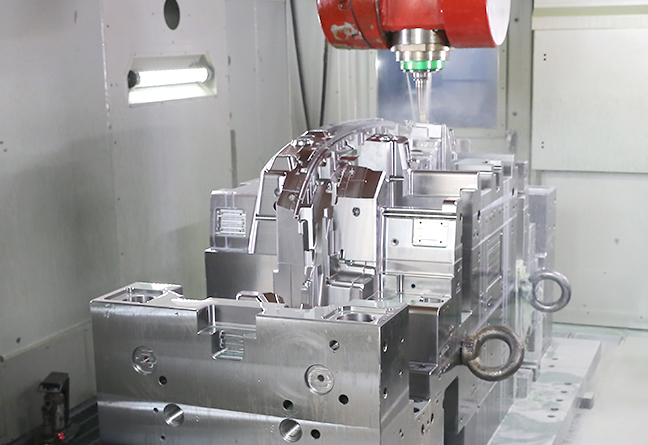
Material Considerations
Steel
Steel is a popular material for pipe fittings molds due to its strength, durability, and resistance to wear and tear. Steel molds can withstand high temperatures and pressures, making them ideal for producing pipe fittings that require high precision and quality.
Aluminum
Aluminum is another material used for pipe fittings molds, particularly for small to medium-sized fittings. Aluminum molds are lightweight, corrosion-resistant, and can be easily machined to complex shapes.
Copper
Copper is sometimes used for pipe fittings molds, particularly for fittings that require high thermal conductivity. Copper molds can efficiently dissipate heat, reducing the risk of defects and improving product quality.
Functions of Pipe Fittings Molds
Producing Complex Shapes
Pipe fittings molds are designed to produce complex shapes and geometries that are critical to the functioning of pipe fittings. These molds can create fittings with precise dimensions and tolerances, ensuring that they meet the required standards.
Ensuring Precision and Accuracy
Pipe fittings molds are designed to ensure precision and accuracy in the production of pipe fittings. These molds can produce fittings with consistent quality, making it ideal for applications where consistency is critical.
Improving Product Quality
Pipe fittings molds can improve product quality by ensuring that the fittings are free from defects and imperfections. These molds can produce fittings with smooth surfaces, precise dimensions, and consistent material properties.
Types of Pipe Fittings Molds
Elbow Molds
Elbow molds are used to produce elbow fittings that change the direction of pipes. These molds can produce elbows with precise angles and dimensions, ensuring that they meet the required standards.
Tee Molds
Tee molds are used to produce tee fittings that connect three pipes. These molds can produce tees with precise dimensions and angles, ensuring that they meet the required standards.
Coupling Molds
Coupling molds are used to produce coupling fittings that connect two pipes. These molds can produce couplings with precise dimensions and tolerances, ensuring that they meet the required standards.
Benefits of Pipe Fittings Molds
Increased Efficiency
Pipe fittings molds can increase efficiency in the production of pipe fittings by reducing the time and labor required to produce each fitting.
Improved Quality
Pipe fittings molds can improve the quality of pipe fittings by ensuring that they meet the required standards and specifications.
Reduced Costs
Pipe fittings molds can reduce costs by material waste and reducing the need for rework or repair.
Pipe fittings molds are critical components in the production of high-quality pipe fittings. By understanding the material considerations and functions of pipe fittings molds, manufacturers can produce fittings that meet the required standards and specifications. Whether it's elbow molds, tee molds, or coupling molds, pipe fittings molds play a vital role in ensuring the quality and reliability of pipe fittings. By selecting the right material and mold design, manufacturers can optimize their production processes and produce pipe fittings that meet the needs of their customers.

 English
English 中文简体
中文简体 русский
русский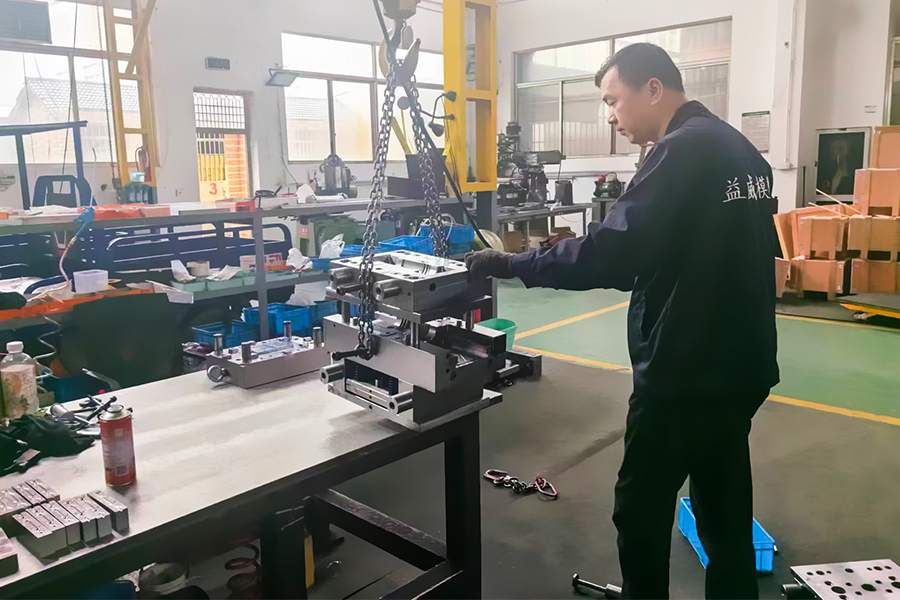

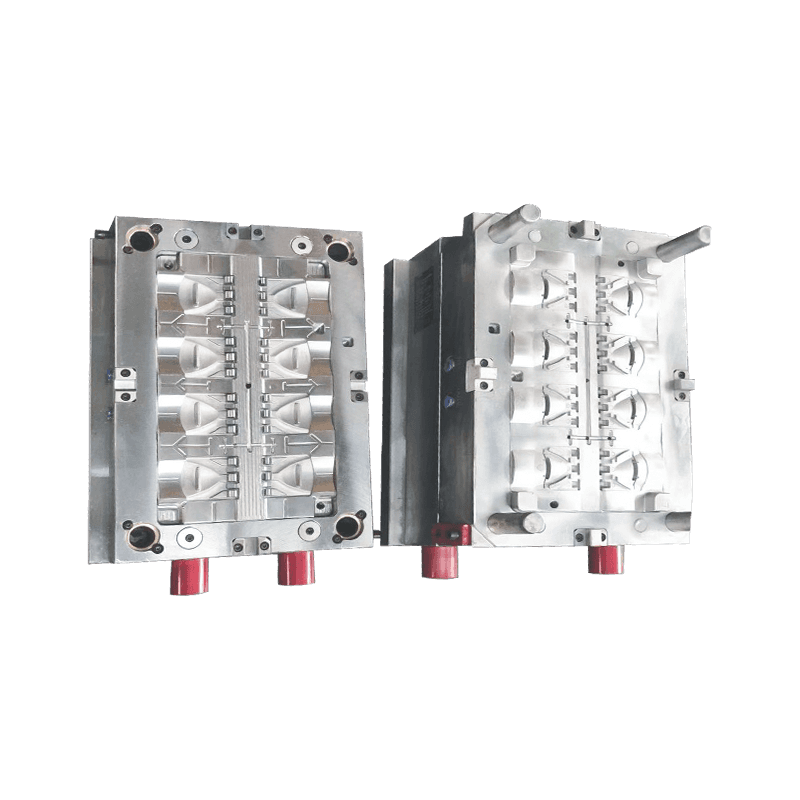
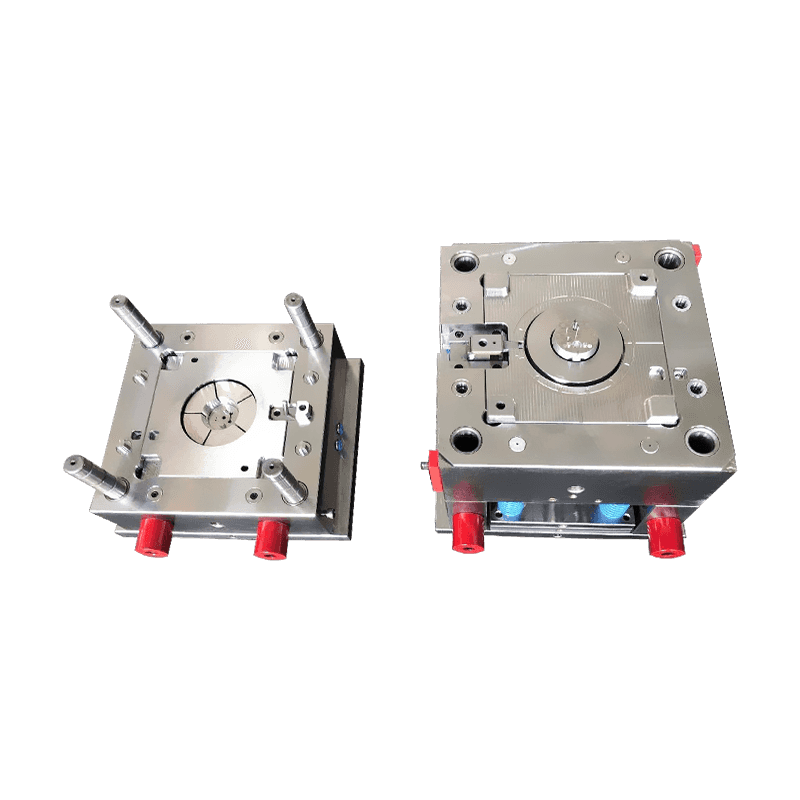
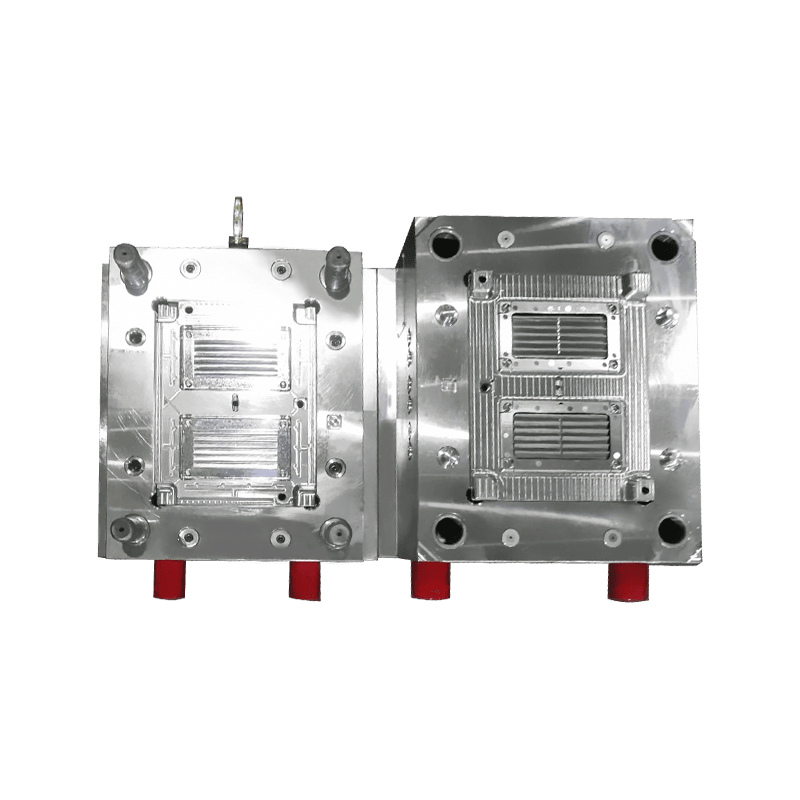
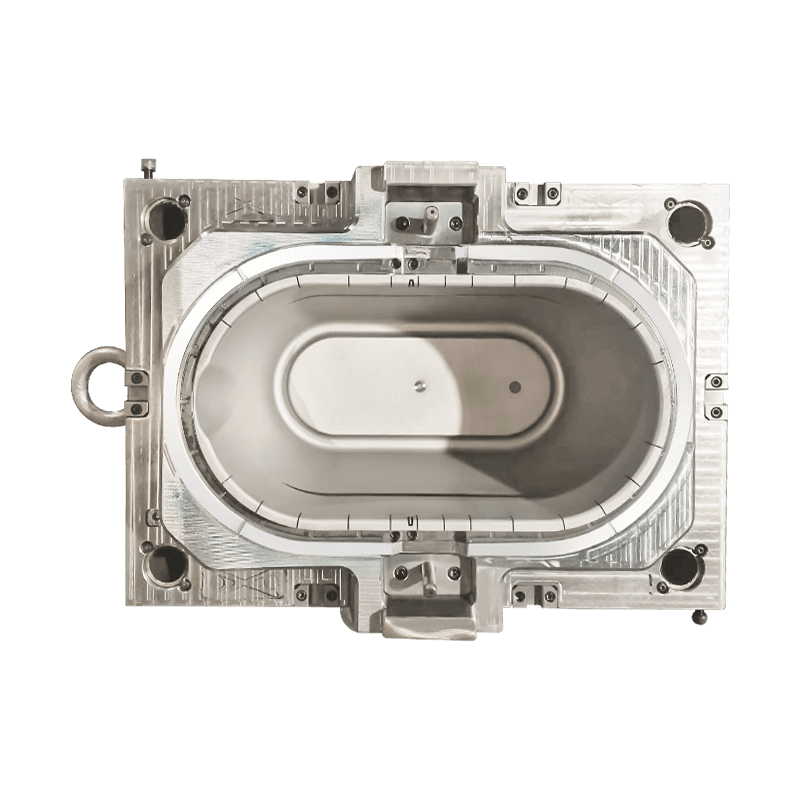
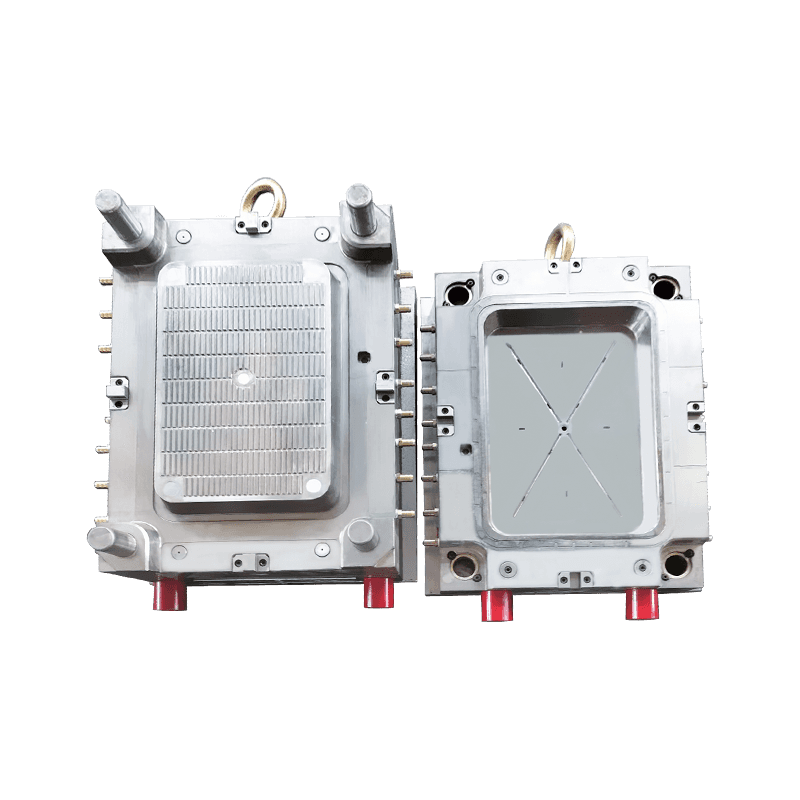
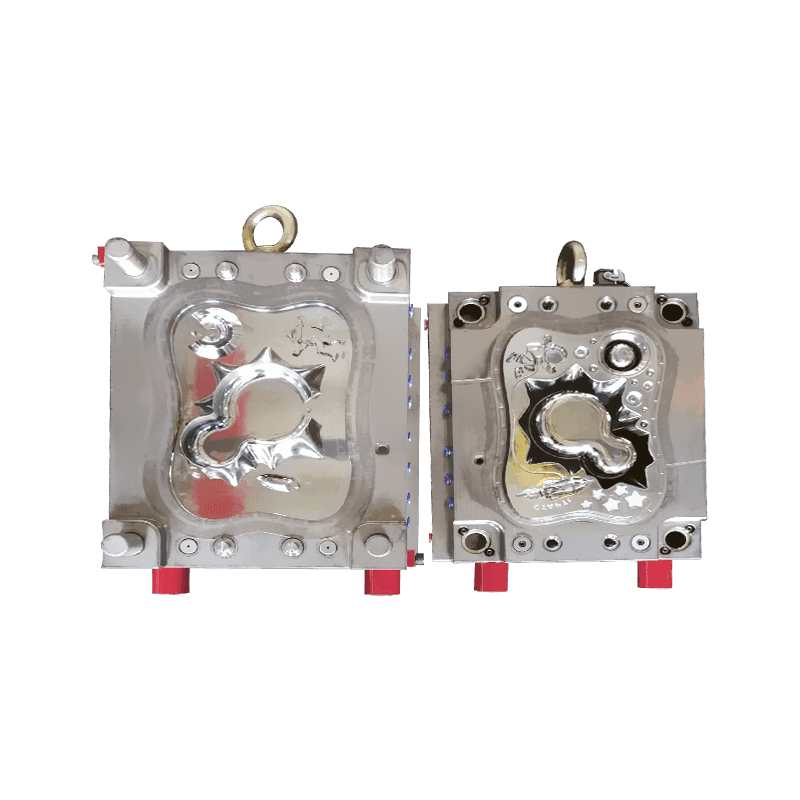
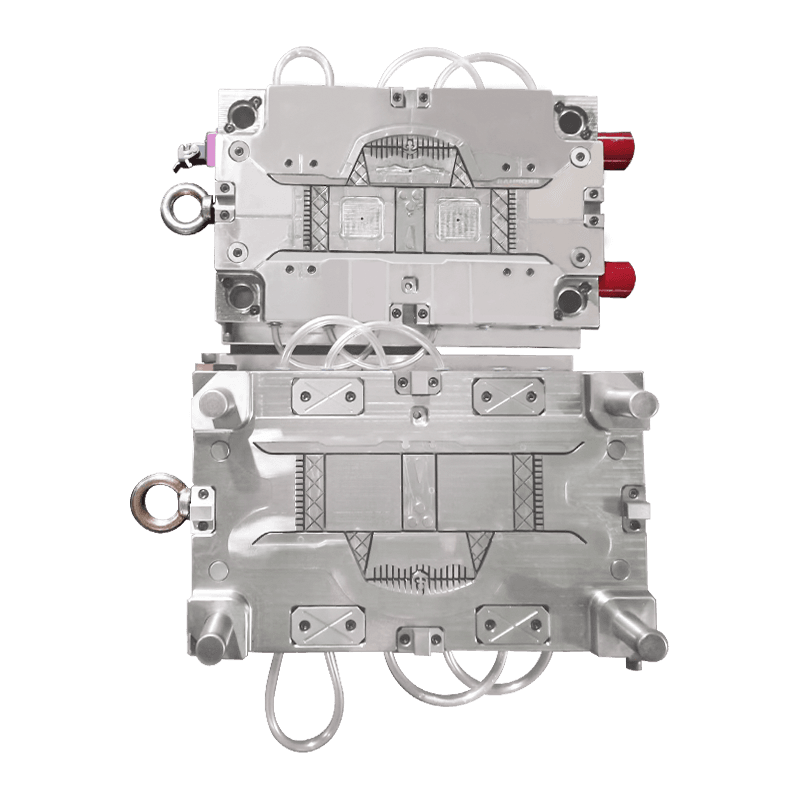
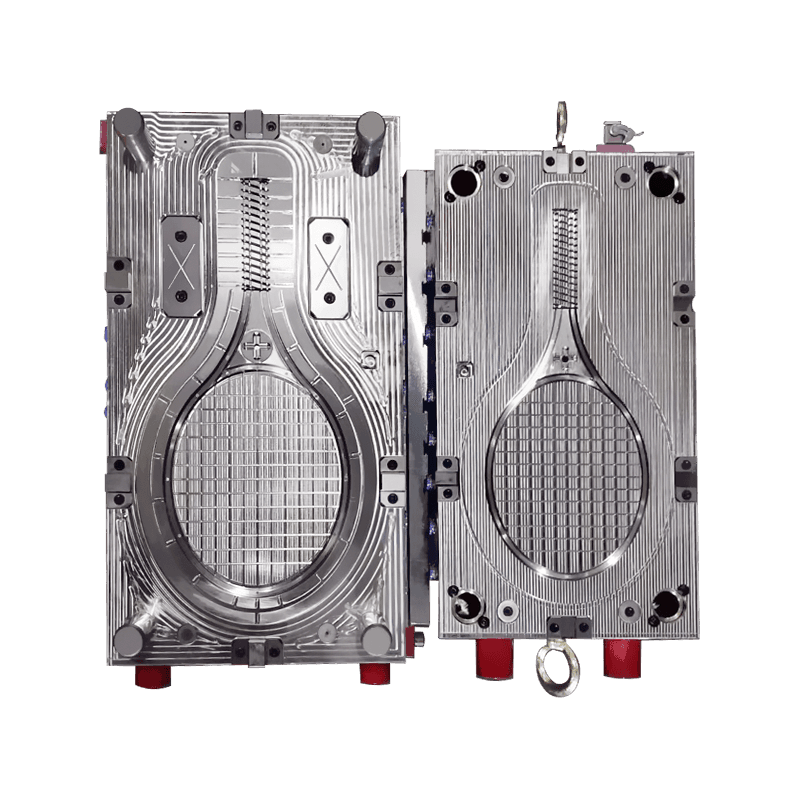
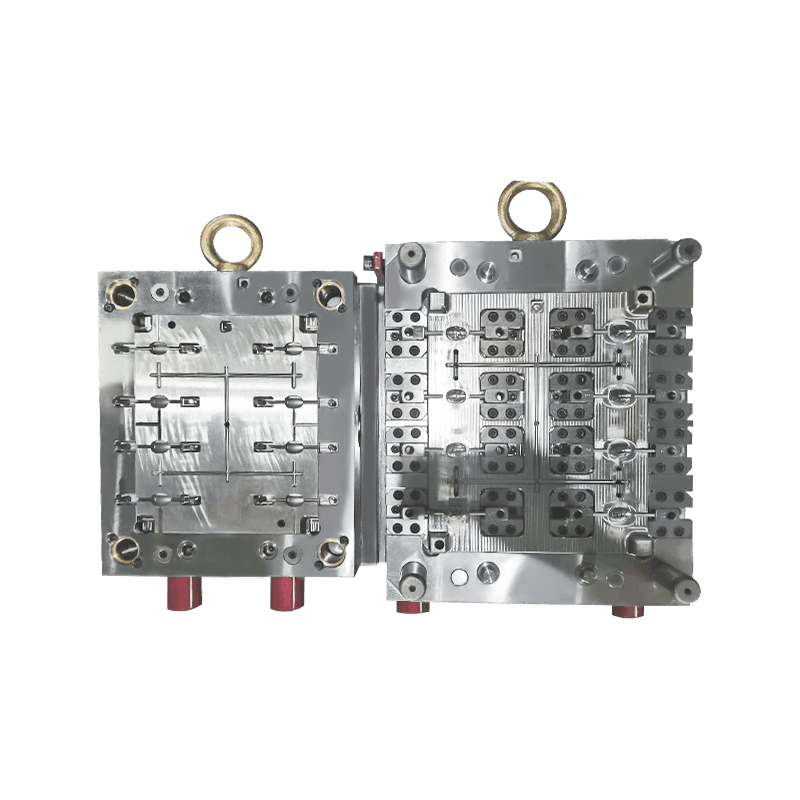
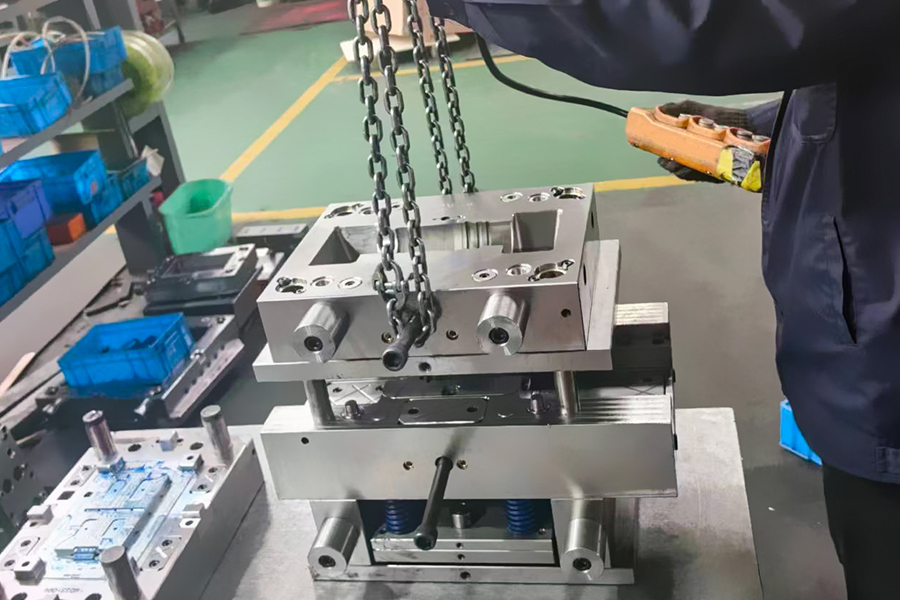
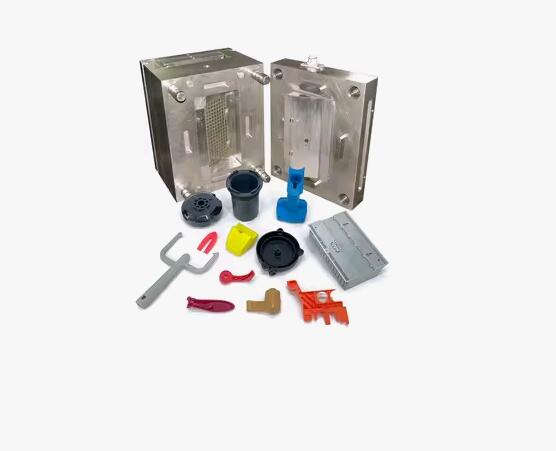

Contact Us